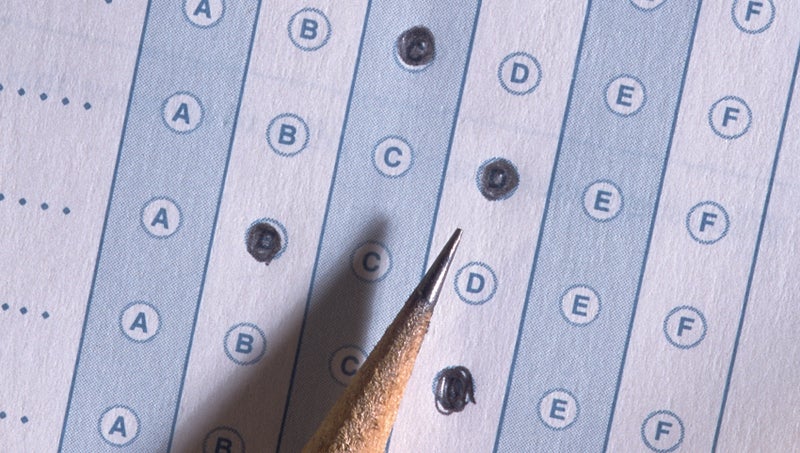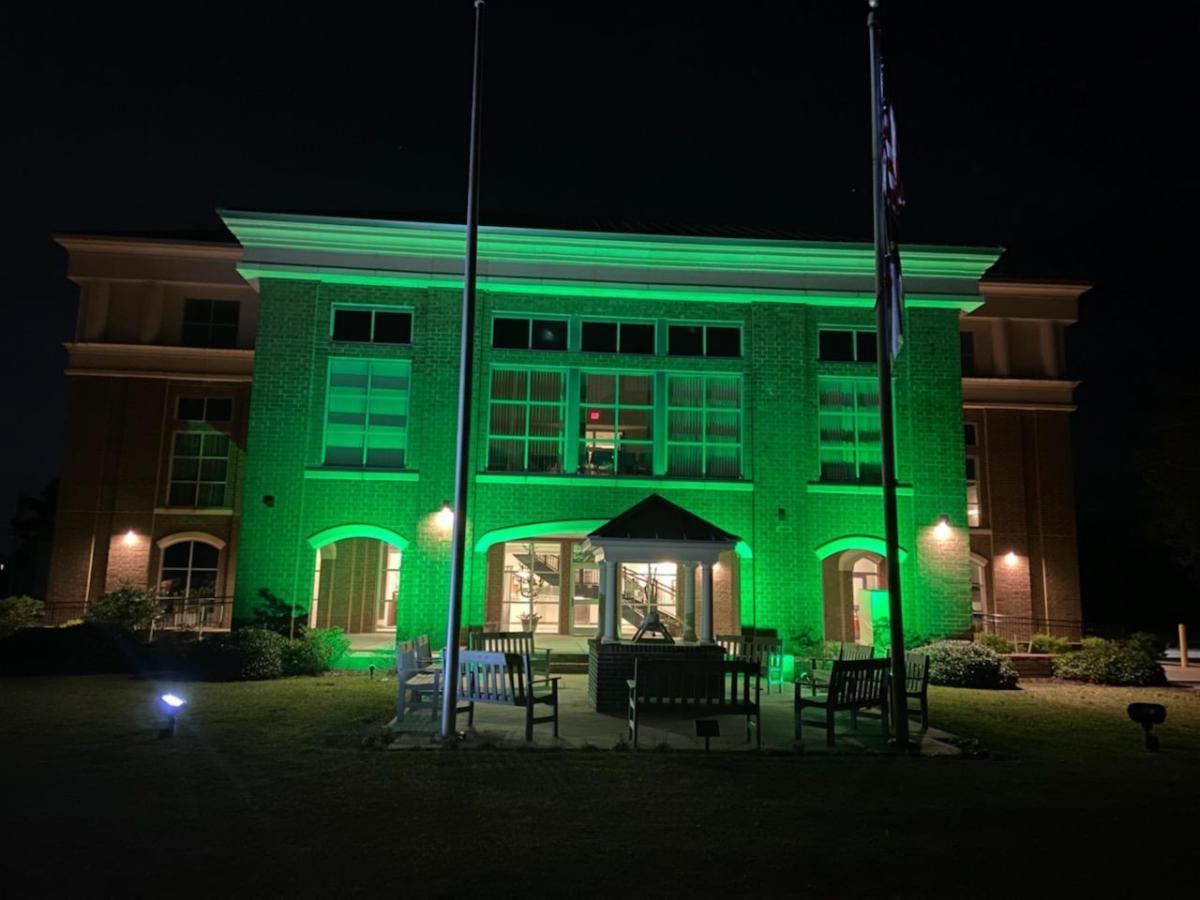What’s in a grade?
Published 7:20 pm Thursday, October 3, 2019
Last weekend, the Daily News took a closer look at the performance grades assigned to local schools by the North Carolina Department of Public Instruction. The results were mixed, with most area schools earning a C overall, with the exception of Chocowinity Primary earning a B and Beaufort County Early College High School an A.
The latter was ranked highly in the state, coming in among the top 120 schools statewide, with the 12th-highest growth score in North Carolina. In addition, three local schools, S.W. Snowden, P.S. Jones and Northeast Elementary, were able to raise their grades from a D to a C, an improvement that makes them no longer “low performing” in the eyes of the state.
Good, bad or indifferent, these letter grades are the measure the state uses to determine a school’s performance. They’re based on two factors — student scores on end of grade/course tests and how much those scores improved for individual students from year to year. These measures are called, respectively, achievement and growth.
If you’re in the education field, chances are you hear these words a lot. It’s also likely that you spend a lot of time preparing students for these all-important test days, teaching materials you know will show up on the state’s standardized tests.
But there’s something missing from these performance grades. While they can accurately gauge a student body’s ability to take a standardized test, they are not the end-all-be-all of education.
There’s an old saying, “If you judge a fish by its ability to climb a tree, it will spend its whole life believing it is stupid.”
If we judge a student, or a school, strictly based on its test scores, we’re missing the point. There’s a whole lot more to the story than what happens on test day. Standardized tests miss out on the day-to-day lessons kids learn at school. They don’t test for character. They don’t tell us how many teens learned a skill this year that will serve them in their careers.
In the big picture, the school system averaged a C in its test scores. Sure, they could stand some improvement, and educators are working to make that happen. A’s and B’s would certainly be something to celebrate.
But looking at the big picture, there’s a lot more to education than testing. Are our students learning? Are they learning lessons that will help them become better people? Are they graduating and going on to live happy, prosperous and fulfilling lives?
Sometimes successes in education can’t be easily quantified. Getting too hung up on scores and numbers, it’s easy to forget you’re dealing with human beings and their development. Let’s all do our part to support our teachers and schools as they work to help our local kids find their own paths to success.





